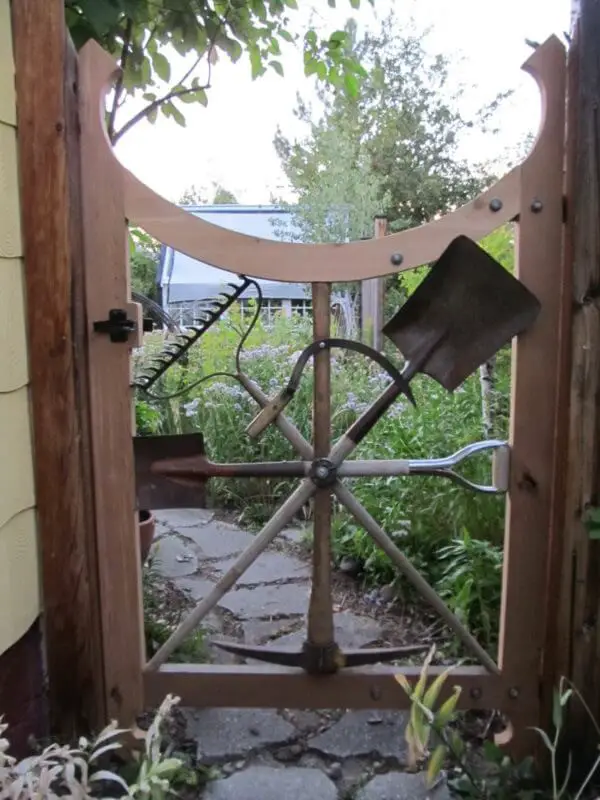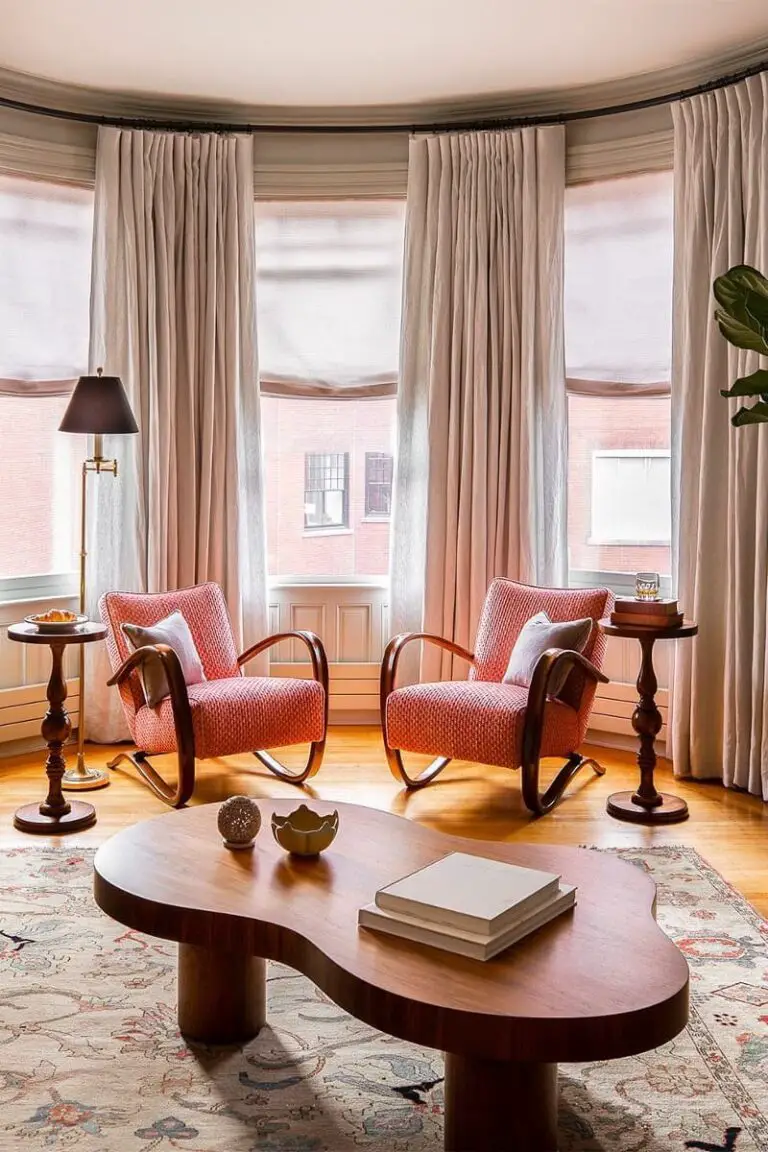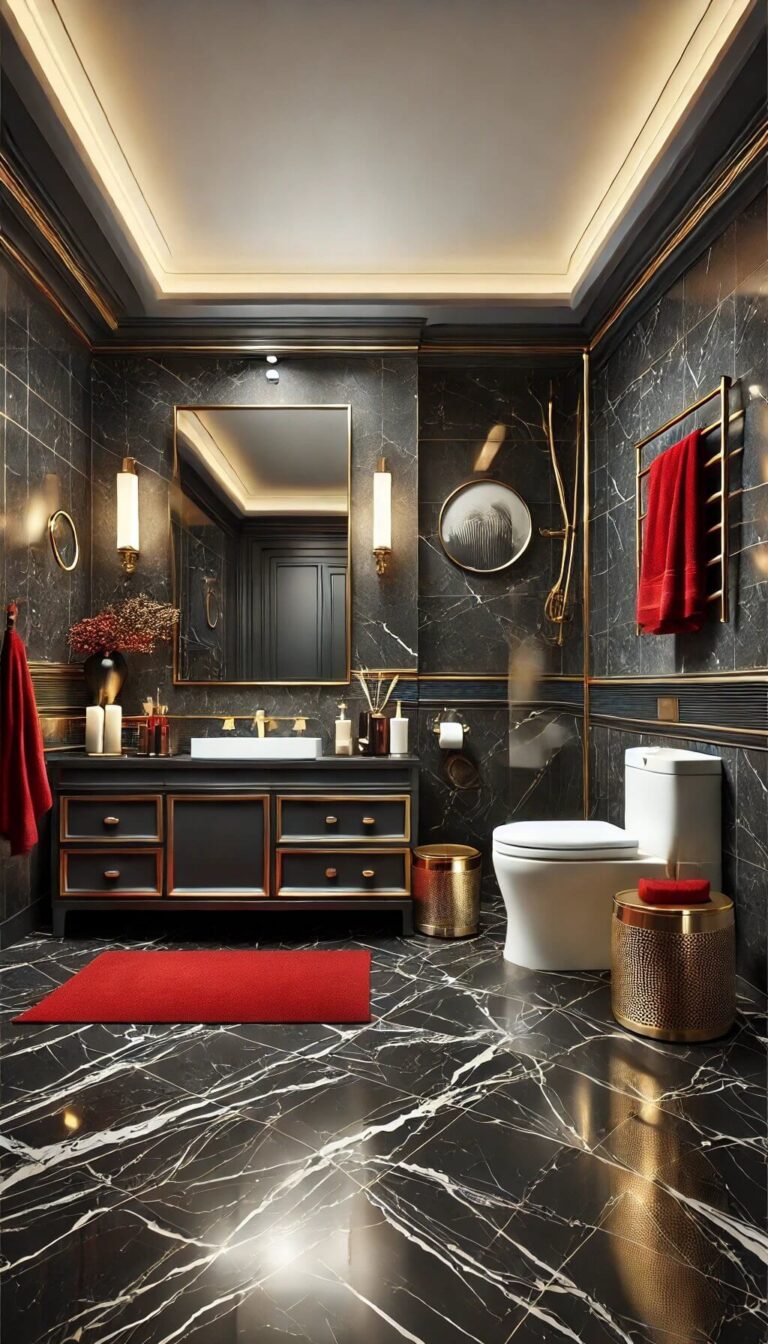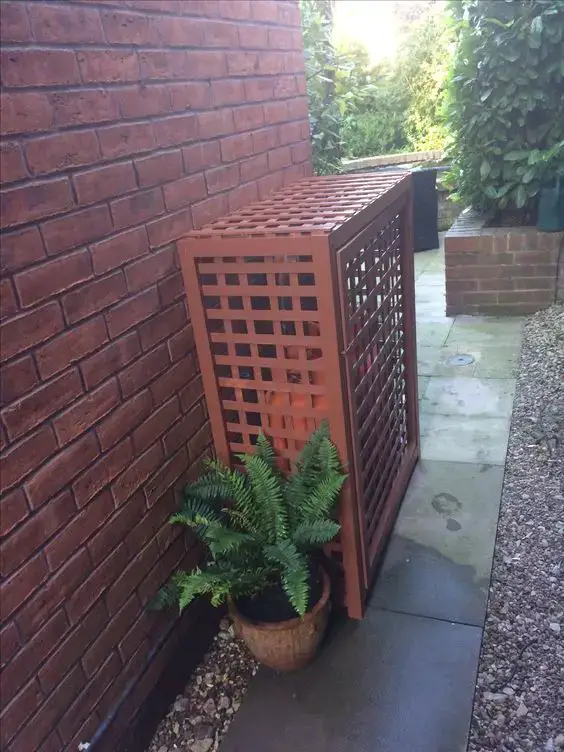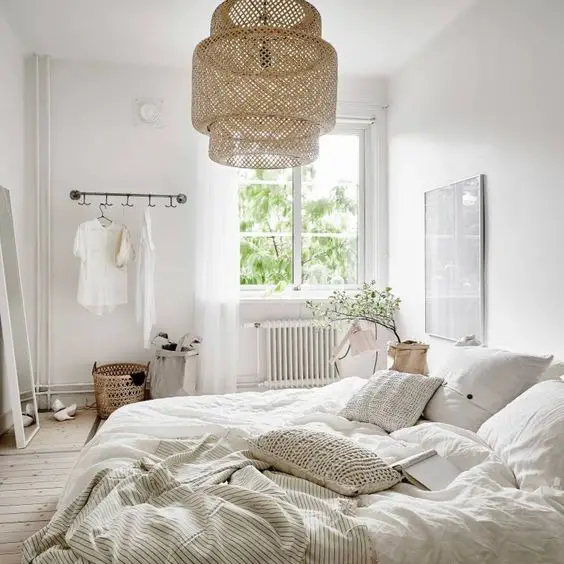These Basement Ceiling Ideas Are Perfect For Your Home
The humble basement may not be the most glamorous space in the house, but it’s an essential area that deserves more than just a utility function. To make your basement truly inviting, you need to consider the ceiling – and there are many creative options to choose from.
When it comes to basement ceilings, you have various types to consider, including drop ceilings, drywall ceilings, tile ceilings, and more.
But what really matters is how you design and finish that ceiling to create a space that’s both functional and visually appealing.
In this article, we’ll explore different basement ceiling ideas and inspire you to think outside the box when it comes to transforming your basement into a cozy retreat or entertaining space.
Preparing Your Basement
Before embarking on any significant changes to your basement’s flooring or ceiling, it’s crucial to thoroughly prepare the space. Start by donning protective gear – a pair of gloves and a mask – to shield yourself from dirt and airborne substances. Next, clear out all items in the basement, boxing up contents as you go. If the task proves too overwhelming, don’t hesitate to seek assistance. For smaller, scattered items, create categories to streamline storage into designated containers.
Once the area is clean, inspect for signs of moisture or leaks using a simple moisture meter. If your basement does require waterproofing, ensure any new ceiling design incorporates this feature, while walls receive a waterproof coating. Additionally, address cracks in both walls and floors by installing carbon fiber reinforcements – a durable, lightweight, and corrosion-resistant material that outperforms steel.
Identifying Basement Ceiling Types
When it comes to designing a basement ceiling, there are various options to consider. The most common ones include drop ceilings, drywall ceilings, and tile ceilings. While it’s possible to simply paint the ceiling any color you like, choosing one of these three types can greatly impact the overall aesthetic of your basement. This can be especially important if you’re looking to create a unique and inviting space that reflects your personal style.
1) Drop Ceiling
When it comes to selecting a ceiling type for your home renovation project, one popular option is the drop-ceiling. This design is often favored by homeowners due to its relatively affordable price point. One of the primary benefits of a drop-ceiling is that it effectively conceals all pipes from view, ensuring a clutter-free and visually appealing space. Additionally, with this type of ceiling, utilities located above the joists remain easily accessible, even if they are no longer visible.
2) Drywall Ceiling
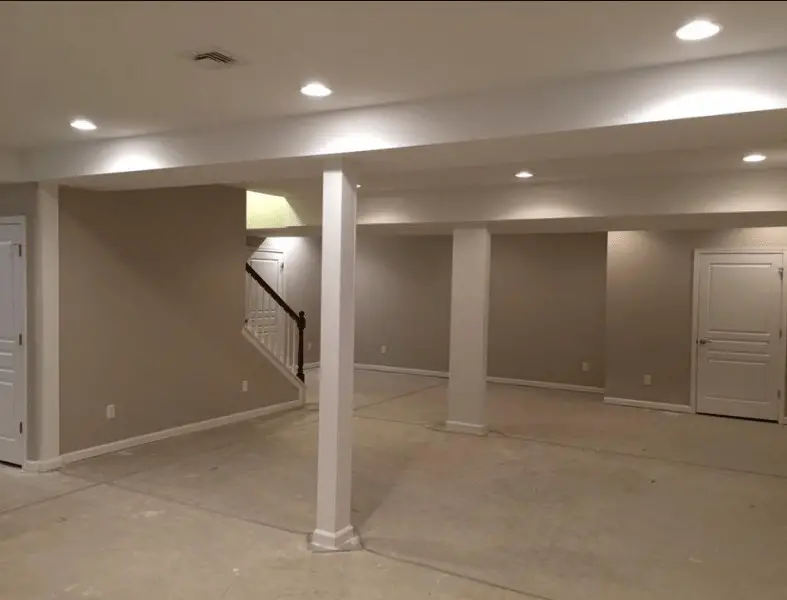
When it comes to maximizing space in your basement, drywall is an excellent choice. However, it does require some extra planning and time to ensure that pipes and ducts aren’t compromised during installation. One of the benefits of using drywall is that it can significantly reduce noise levels and create a fire-resistant ceiling. To achieve this, you’ll need to use a drywall lift or enlist the help of a professional.
While installing a drywall ceiling shares some similarities with arranging walls in your basement, there’s one key difference: drywalls must include a cavity to accommodate pipework. This added complexity is what sets drywall installation apart from other types of basement finishing projects.
3) Tile Ceiling
In addition to its acoustic benefits, installing tile ceilings allows for effective coverage of basement spaces using lightweight materials. The tiles, once situated within an aluminum grid, also provide some level of insulation, further enhancing the overall ambiance. A practical choice, tile ceilings offer the advantage of being easily replaceable if damaged or if you wish to update the design – making it a versatile and convenient solution for homeowners.
4) Painted Wooden Plank Ceiling
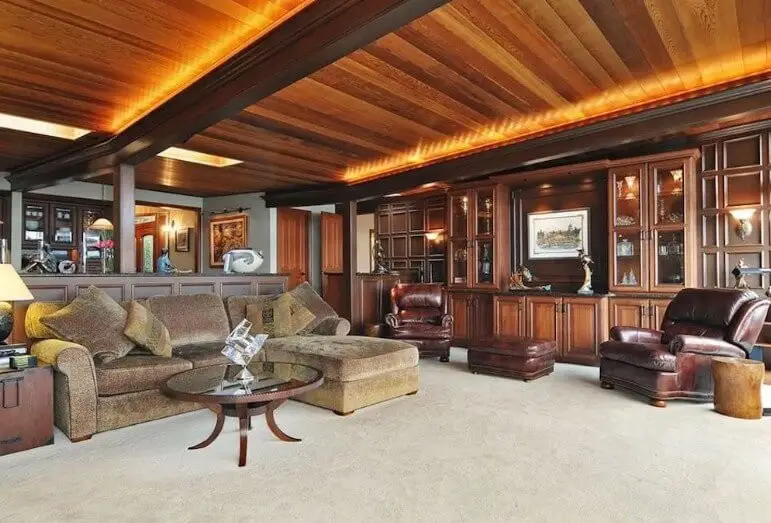
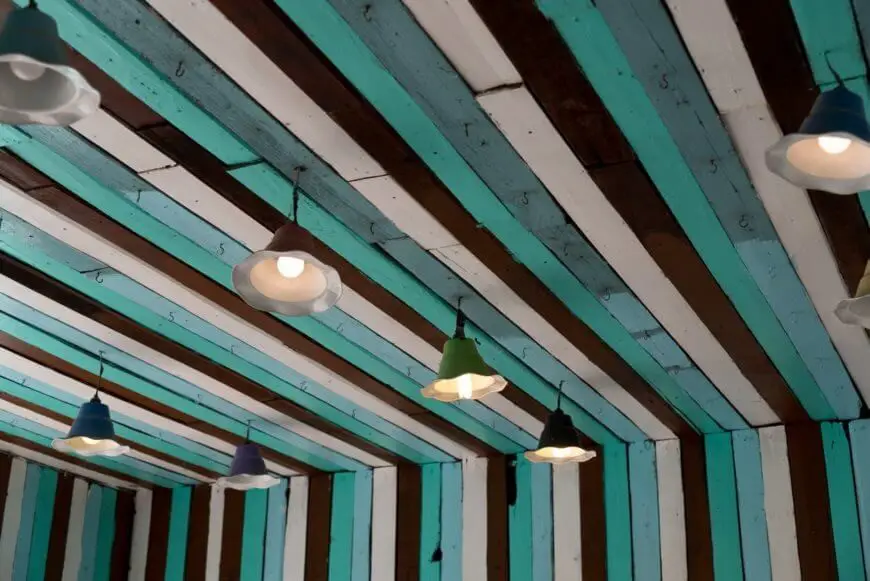
Inspired by the trendy Brooklyn lofts with their vibrant, painted ceilings, we’re taking a similar approach here. This design is perfect for a final touch on a basement ceiling or as a solution to revamp outdated wood paneling. If you’re looking to add some artistic flair to your basement, why not paint your wood plank ceiling any color that strikes your fancy? You can also breathe new life into stained and moldy wood panels by giving them a fresh coat of paint.
Not only will this restore their original beauty, but it’ll also save you the hassle and expense of replacing them altogether.
5) Painted Pipes or beams
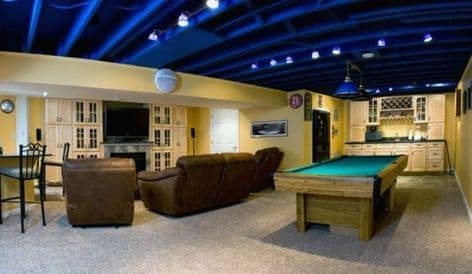
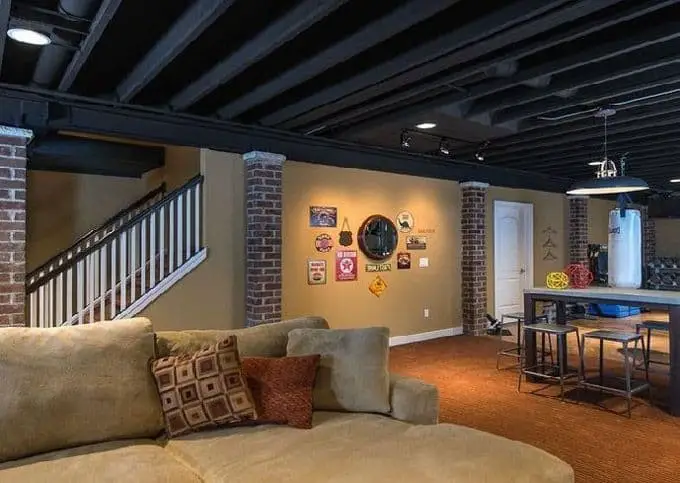
When transforming a basement with exposed beams connecting to the main house, innovation is key to creating a functional and inviting space. One cost-effective approach is to add a pop of color by painting these beams or pipes. A vibrant hue can inject energy into the area, while a neutral shade can lend a modern, industrial aesthetic.
6) Painted Rafters
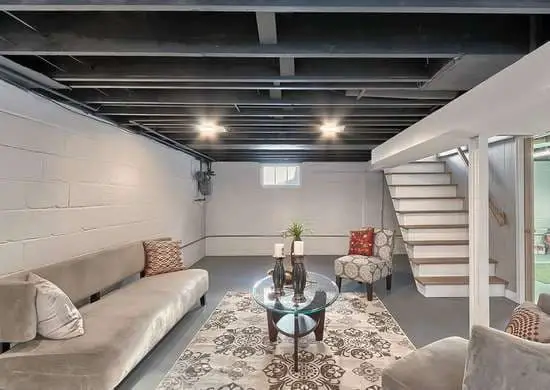
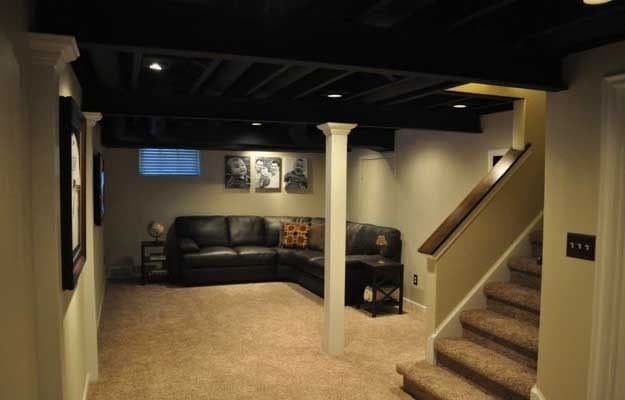
Transforming your basement ceiling with rafters can be a practical solution for those seeking to create additional storage spaces. This unconventional approach allows for secure storage of valuable items, keeping them out of harm’s way.
Ordinary rafters can be repurposed into visually striking features that completely transform the ambiance of your basement. By employing creative designs, such as painted wood or bespoke patterns, you can tailor the look to suit your unique style.
What’s more, this alternative is often more budget-friendly than traditional ceiling cover options.
7) Stretch Ceiling
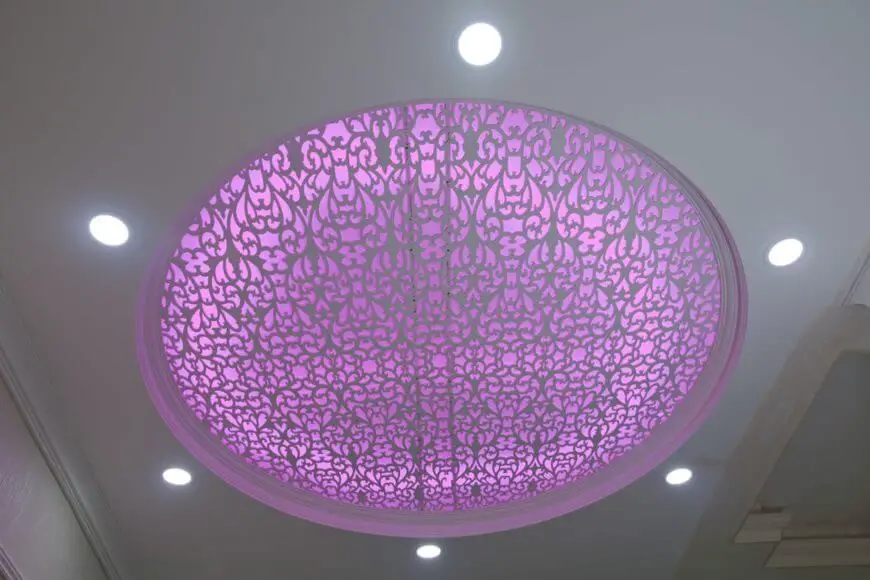
For those seeking a visually stunning basement ceiling without the hassle of relocating furniture, disrupting your workflow, and meeting a tight deadline, this option is an ideal solution. One of its key advantages is that it allows for seamless installation, unaffected by environmental factors like humidity or dampness. While this type may come at a slightly higher cost compared to others, the benefits far outweigh the added expense.
8) Corrugated Metal Ceiling
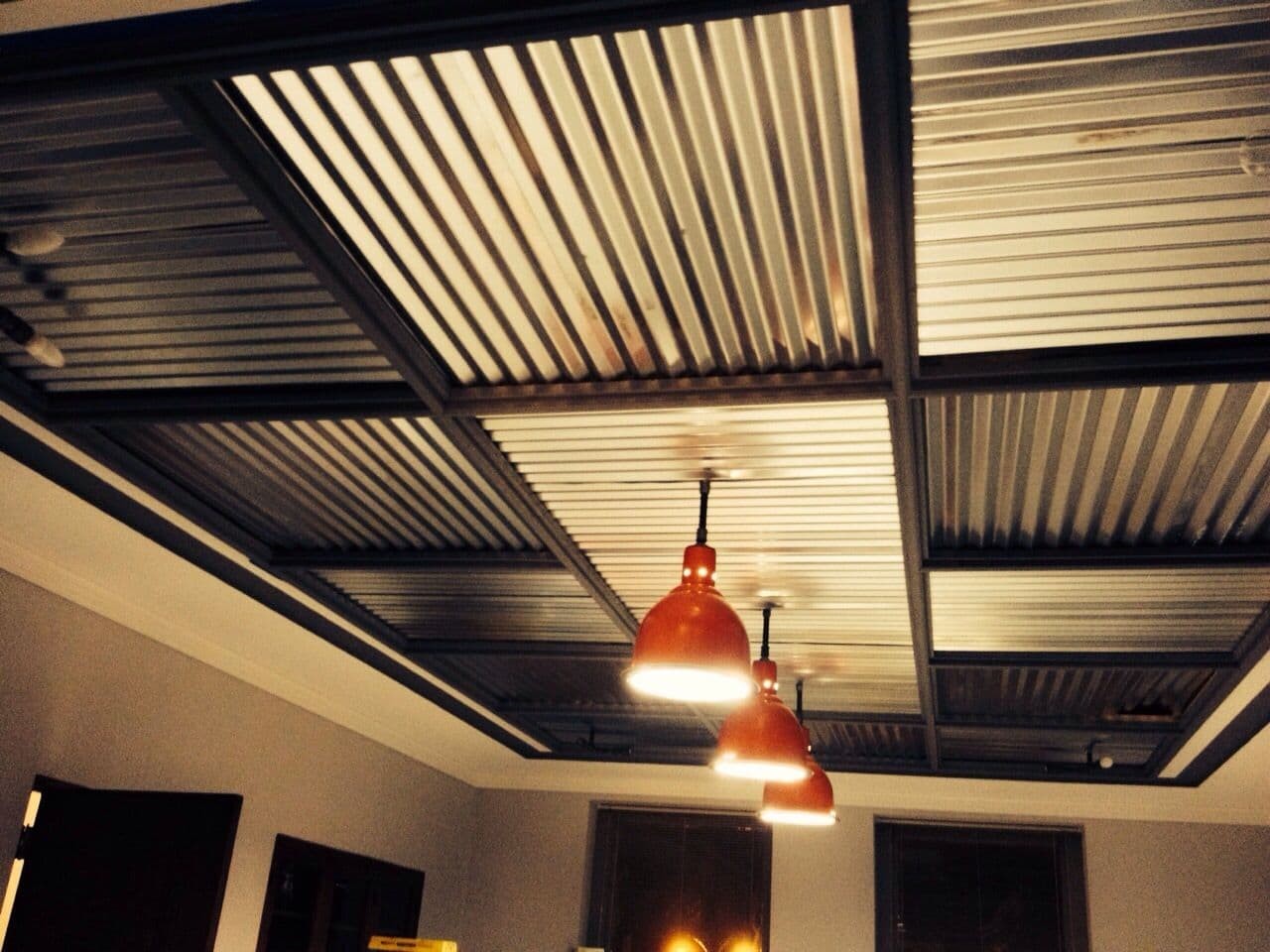

In basements where beams or pipes are a prominent feature, corrugated metal provides a versatile solution for concealing these visual distractions. Beyond its primary function of covering the ceiling, this material also has the added benefit of dampening noise that travels through the space. Additionally, corrugated metal can be strategically placed between beams to introduce an industrial-inspired accent.
Its ease of installation and relatively affordable price point make it a practical choice for basement renovations. When incorporated into the design, corrugated metal brings a unique flair to the space.
9) Beadboard
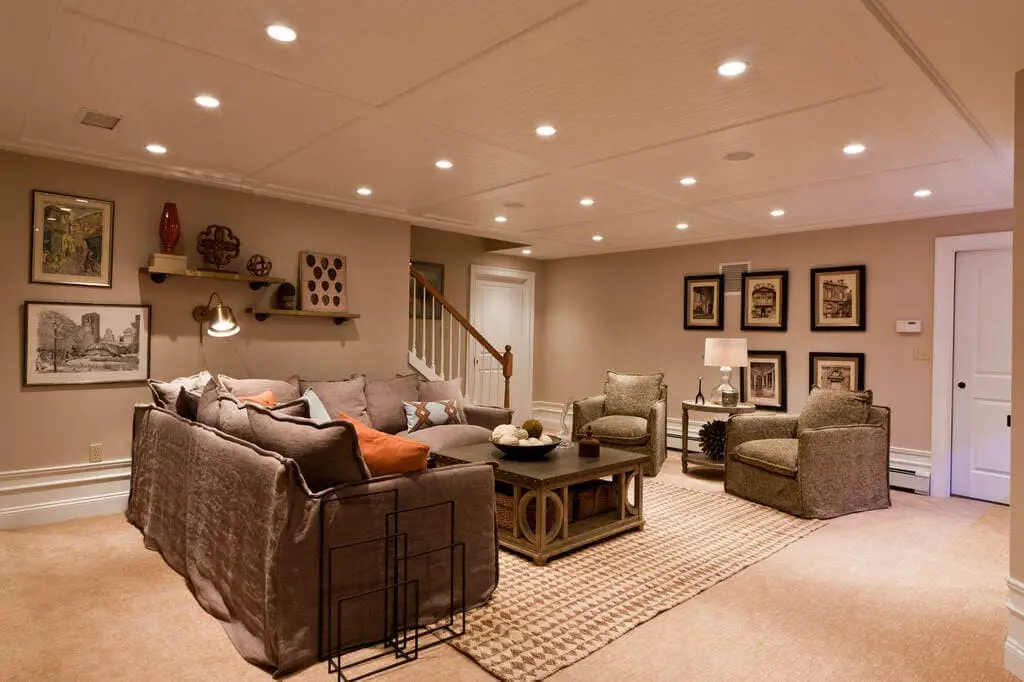
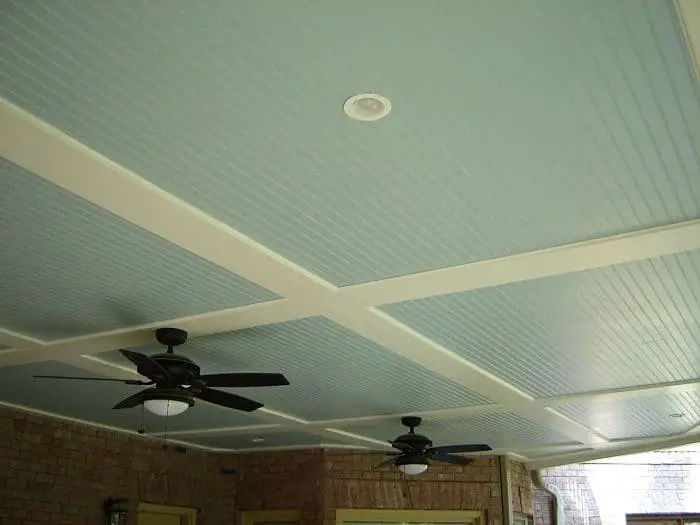
While beadboard is often used to create modern natural dividers on walls, its versatility extends beyond that application. When faced with an uneven basement ceiling, for instance, beadboard can be employed to effectively mask the imperfections and bring a sense of cohesion to the space. This solution not only tackles the issue of unevenness but also addresses other aesthetic concerns. Furthermore, the ease of installation and relatively affordable price point make it an attractive option.
To take things to the next level, incorporating lighting design elements can further enhance the visual appeal of the finished result.
10) PVC Tile
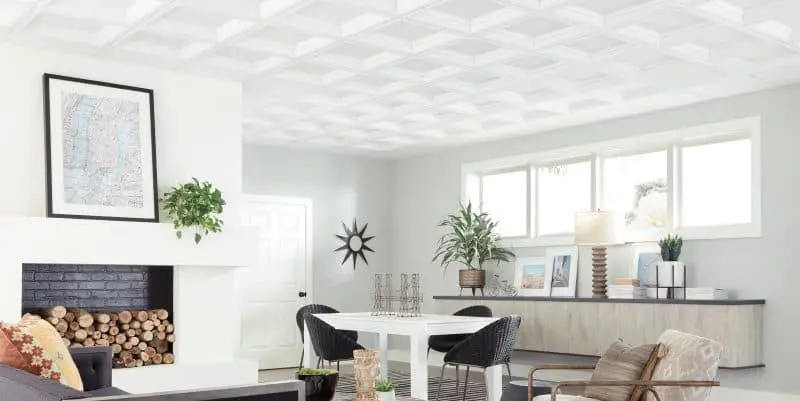
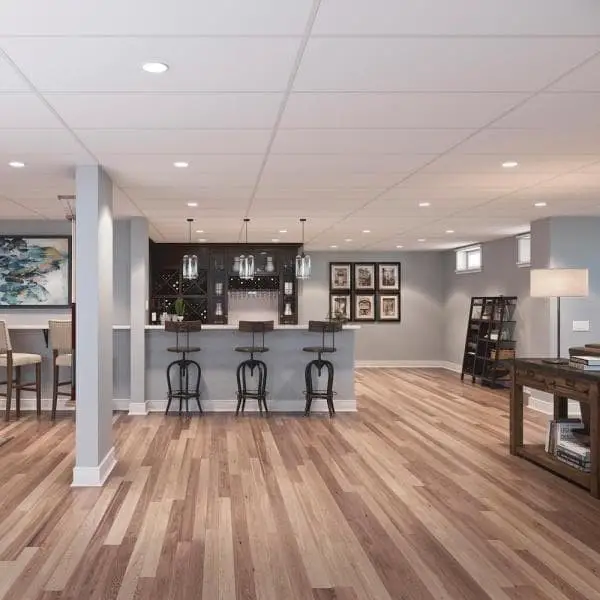
While PVC tiles have their advantages, such as being moisture-resistant and minimizing dampness in basements, they also come with several drawbacks. One of the most significant concerns is their tendency to produce heat, making it difficult to install multiple lights on the ceiling. Additionally, PVC contains known harmful chemicals, which can raise health and environmental concerns.
11) Tin Tile
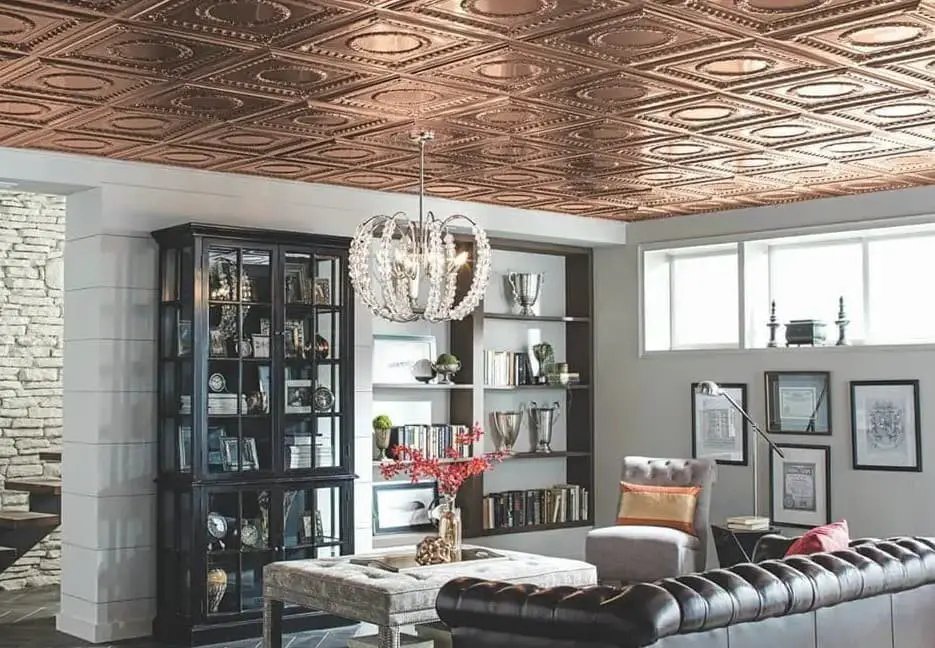
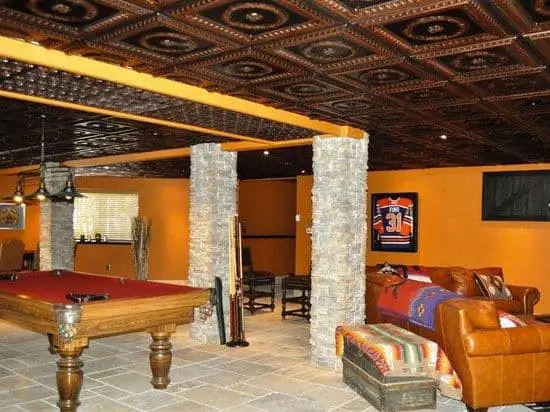
To create a basement that embodies the classic charm of old pubs, complete with amenities like pool tables, bars, arcades, and video games, tin tiles are an excellent choice. Not only are they budget-friendly, but installing them also requires minimal time and labor investment. One of the standout benefits of tin tiles is their ability to effectively reflect sound and light. This means you can let loose and enjoy loud music or a lively game night without worrying about disturbing those above.
Plus, this feature allows for an immersive experience that’s perfect for movie nights or sporting events.
12) Wood Paneling
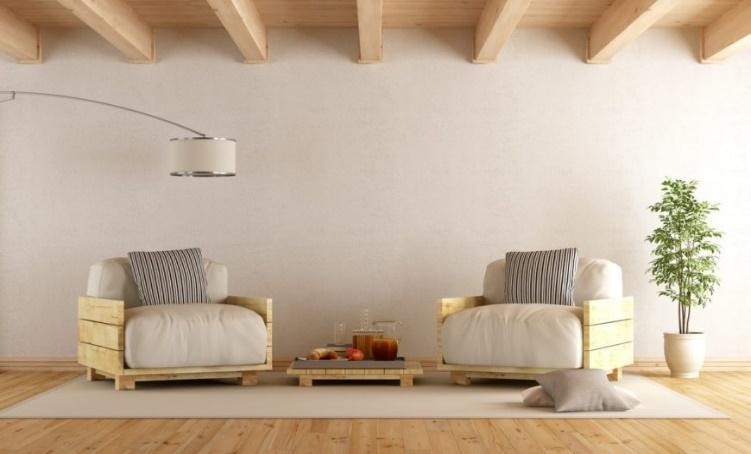
If you already have support beams in your basement, installing wood planks can be a straightforward process that won’t break the bank. Simply prepare the planks, measure them to fit your basement’s ceiling, and install them one by one. This DIY-friendly approach makes it an ideal choice for those who value minimalist or rustic designs in their basement.
Additionally, the natural beauty of wood panels creates a visually striking atmosphere that can even make it suitable for transforming your basement into a cozy office space.
13) Suspended Ceiling
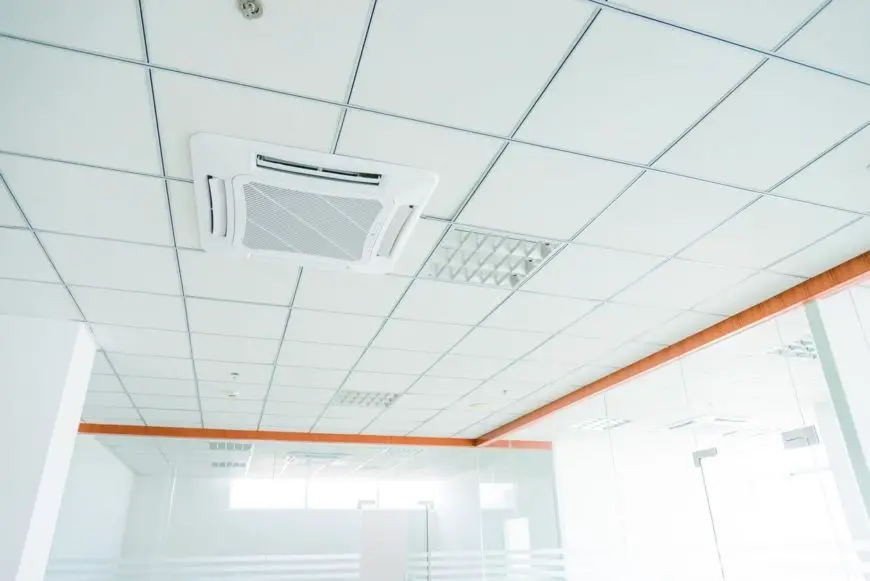
One of the most prevalent basement ceiling types in finished homes and buildings is the suspended grid system. It consists of metal frames suspended from the ceiling joints, which are then topped with ceiling tiles and require minimal additional work. The installation process is relatively straightforward, as it primarily involves aligning the metal frames. A major advantage of this type is its cost-effectiveness without compromising on aesthetics.
14) Decorative Ceiling Tile
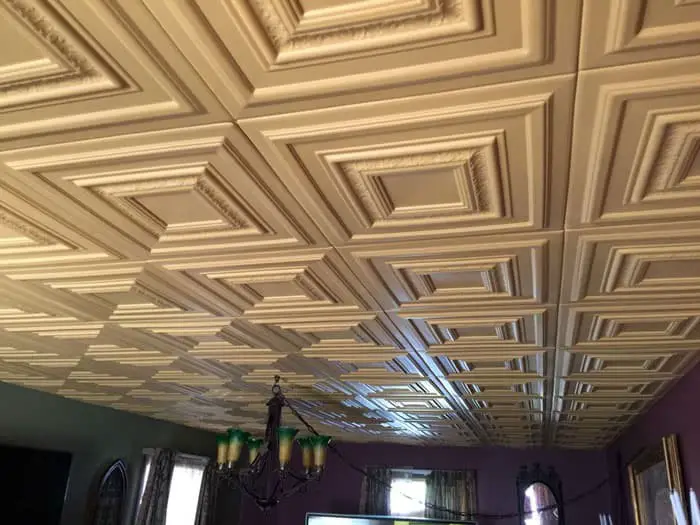
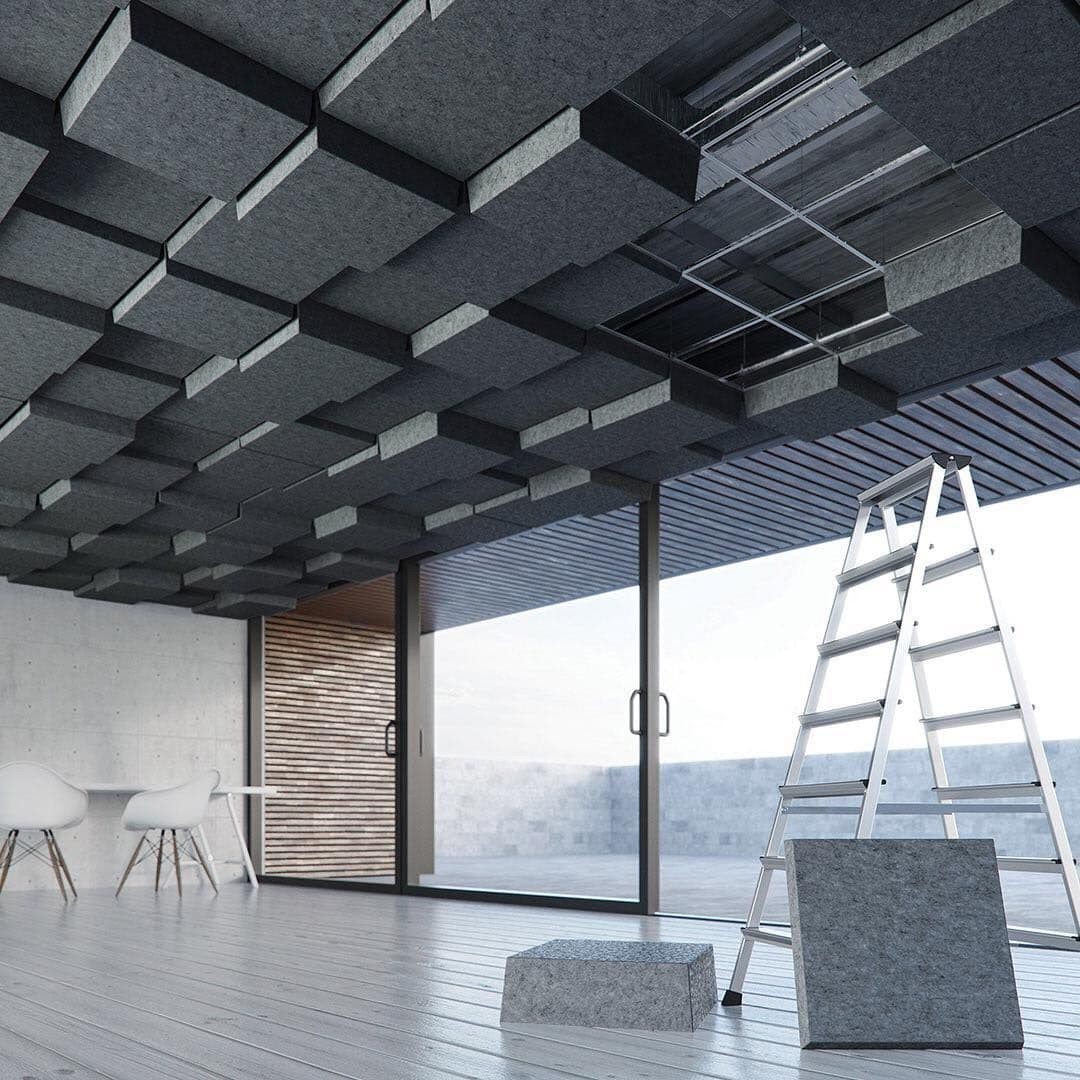
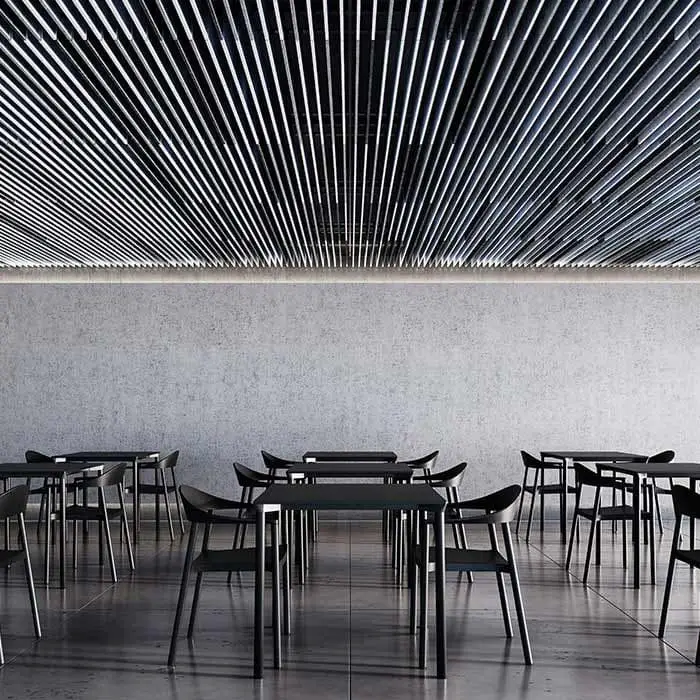
Decorative ceiling tiles are not just functional, but also visually stunning. They can take various forms, such as acoustic, lattice or brick designs, with added embellishments that truly make them eye-catching. While these unique tiles may be featured in modern architectural designs, opera houses, cinemas, and themed establishments, they’re also becoming increasingly popular among homeowners looking to add a touch of elegance to their interiors.
Of course, high-end decorative ceiling tiles can come at a premium price point. However, as this design trend continues to gain momentum, more affordable options are emerging, making it possible for anyone to incorporate these stunning features into their home.
15) Box Ceiling
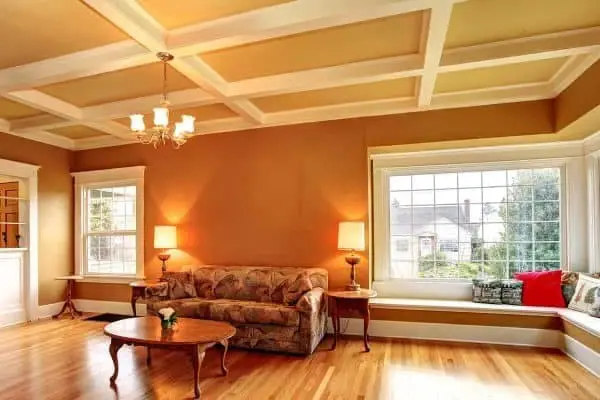
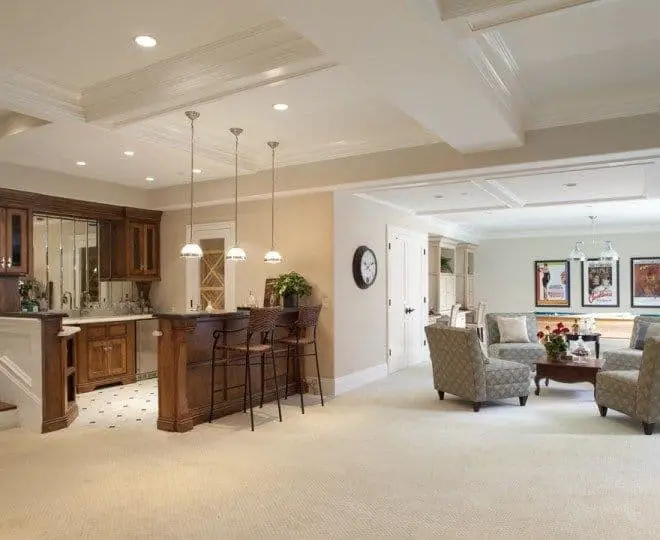
For homeowners who already have a well-proportioned ceiling, the traditional box ceiling basement design is an excellent choice. This style creates an optical illusion that makes the ceiling appear higher and the room feel more spacious, effectively erasing any visual clutter caused by structural features.
While it does require some extra effort and financial investment – as you’ll still need to install wooden panel ceilings between the beams – the end result is a clean and visually appealing finish.
16) Acoustic Tile Ceiling
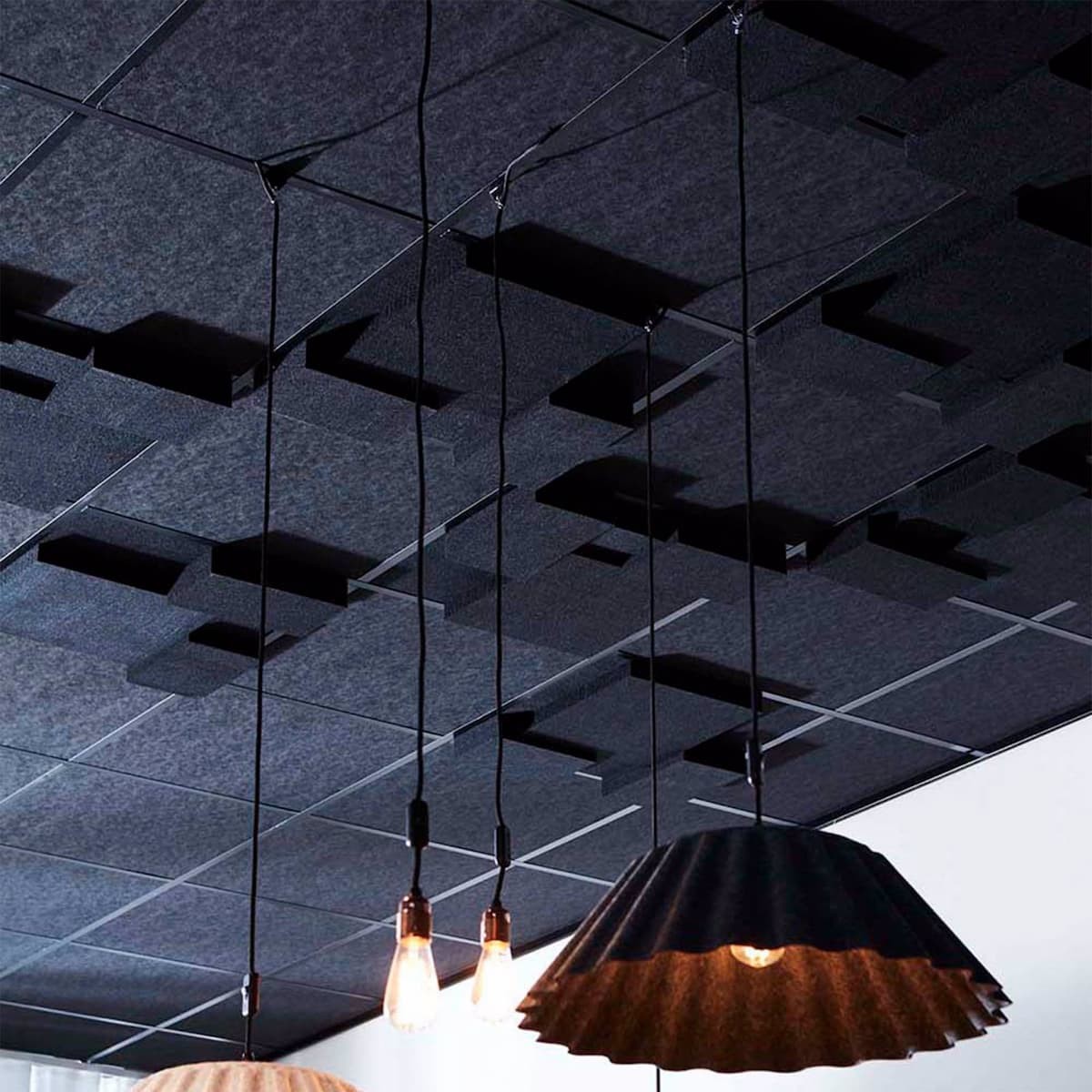
When it comes to basements, noise from foot traffic can be a significant concern, especially in office buildings where foot stomping, moving objects, and dropping items are common occurrences. One effective solution is the installation of an acoustic tile ceiling. These tiles have the ability to absorb sound vibrations, effectively dampening their transmission through the ceiling.
This type of ceiling is often used in settings such as recording studios for upstart musicians, as well as in converted basement guest rooms at home.
17) Lattice Basement Ceiling
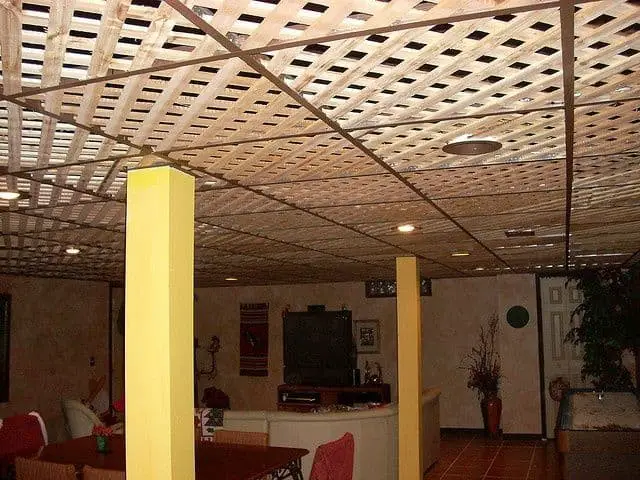
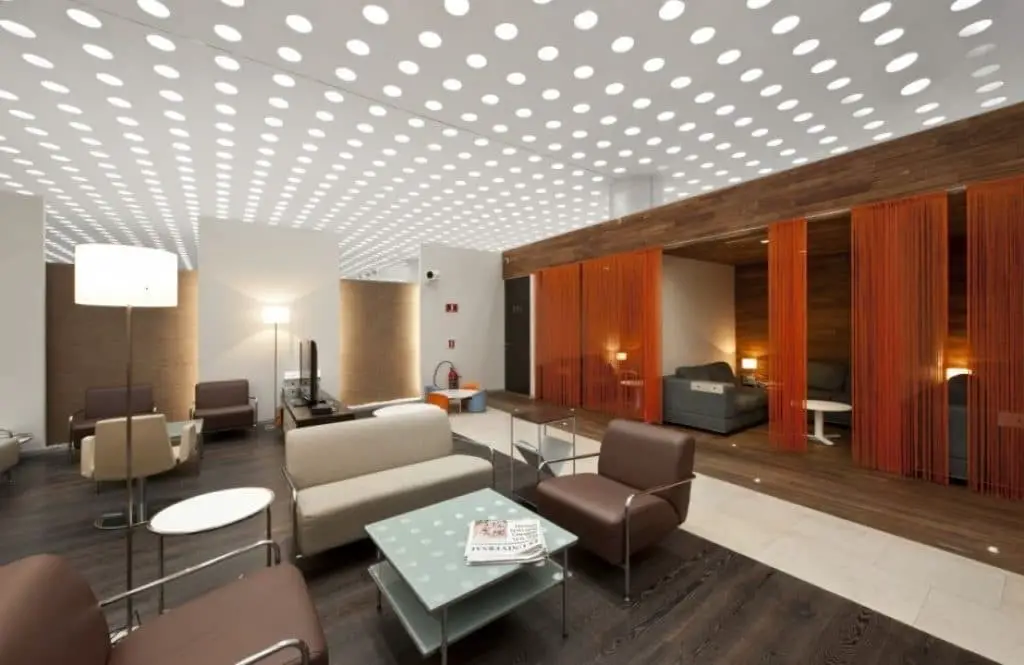
When it comes to basement ceilings, installing lattice panels can be a game-changer. Not only do they add an aesthetic touch with their unique light-diffusing properties, but they also serve as a functional solution for creating a warm and cozy atmosphere. By incorporating lattice panels, you can effectively conceal any unsightly stains or cracks on the ceiling while also maintaining a consistent humidity level that fosters a comfortable environment.
The installation process is surprisingly straightforward, mirroring the procedure used for acoustic tiles. This multifaceted benefit makes lattice panels an attractive consideration for homeowners seeking to elevate their basement’s ambiance.
18) Brick Basement Ceiling
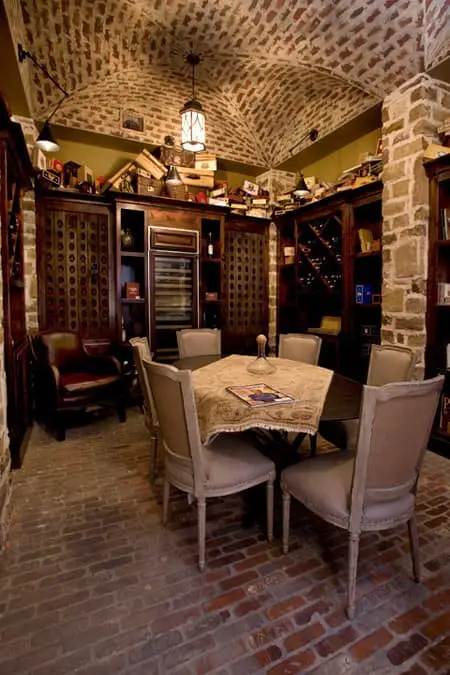
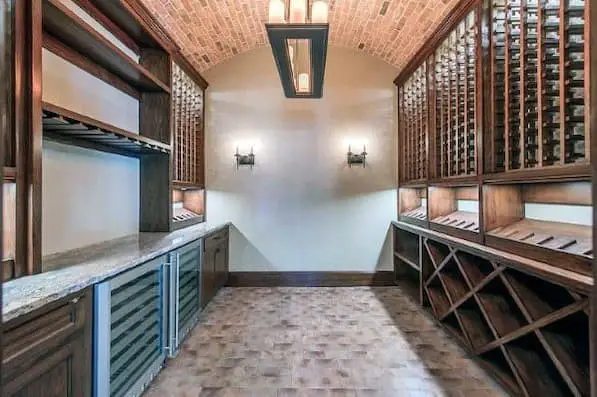
When undertaking renovations on old brick houses, it’s likely that the existing structure already features all-brick basements. For those seeking to incorporate an industrial aesthetic, the foundation for this design path is often already established. By enhancing these original brick surfaces with construction adhesives or subtle paint treatments in neutral hues, homeowners can quickly transform their basement into a wine cellar, recreation area, or other space that embodies an industrial feel.
19) Fabric Basement Ceiling
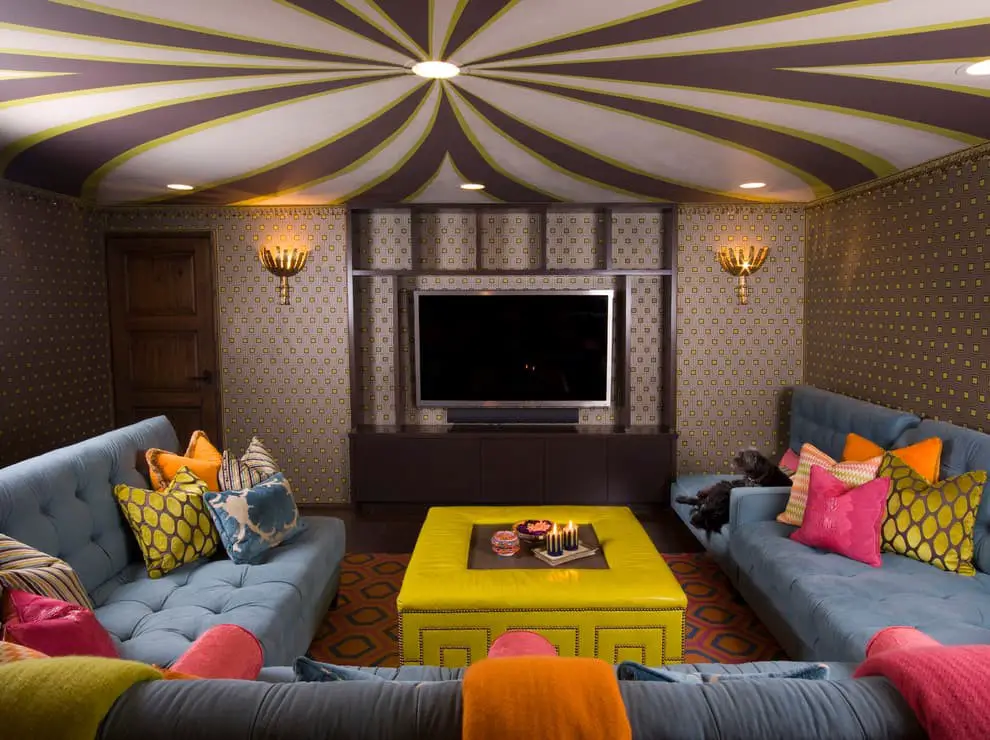
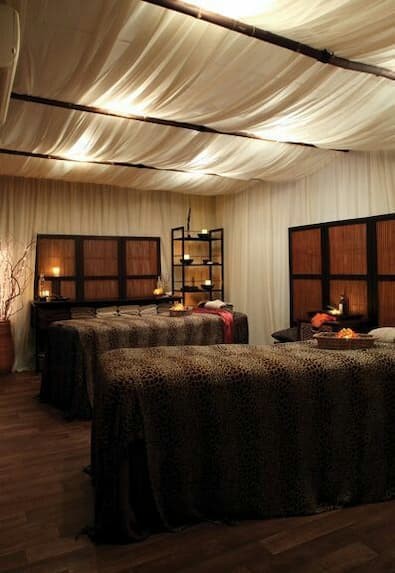
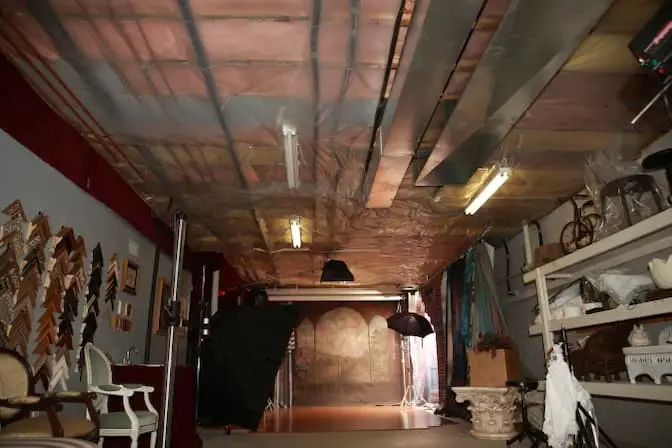
When it comes to basements, which are often characterized by cold temperatures, dampness, and a lack of natural light, giving the space a soft touch requires more than just a fresh coat of paint. One effective way to achieve this is by draping the ceiling with fabric, which not only warms up the space but also conceals cracks and unsightly beams. The choice of textile depends on the desired aesthetic, ranging from bohemian charm to vibrant color schemes.
By incorporating fabric basement ceilings, you can create a cozy and inviting atmosphere that’s perfect for relaxation or entertainment.
Basement Ceiling Ideas
To complete the transformation of your basement, don’t forget to give attention to the lighting fixtures. A creative approach to illuminating the space is to install pipe lamps on the ceiling. These compact lights produce a cozy ambiance that can make the area feel more welcoming. By incorporating this design element, you’ll be able to achieve a harmonious blend of functionality and aesthetics.
#1. Painted Basement with Low Ceilings

#2. Paint a Basement Ceiling with Exposed Joists
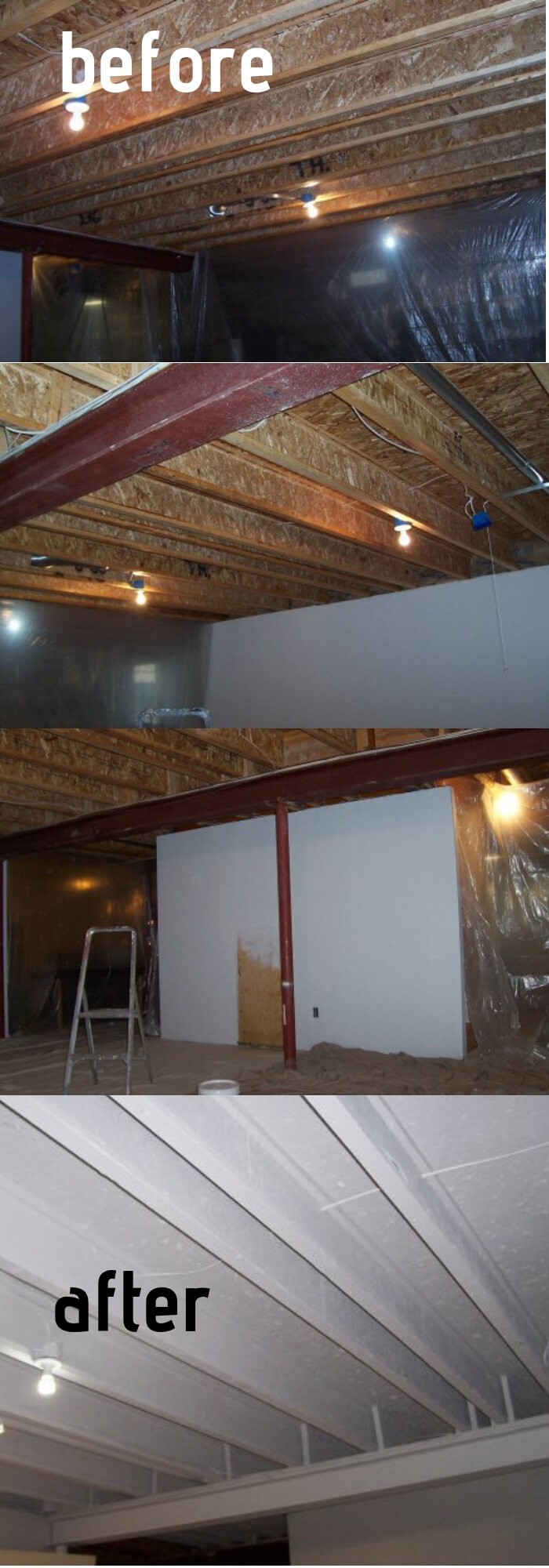
#3. White Painted Basement Ceiling

#4. Make a Paneled Wood Basement Ceiling on a Budget
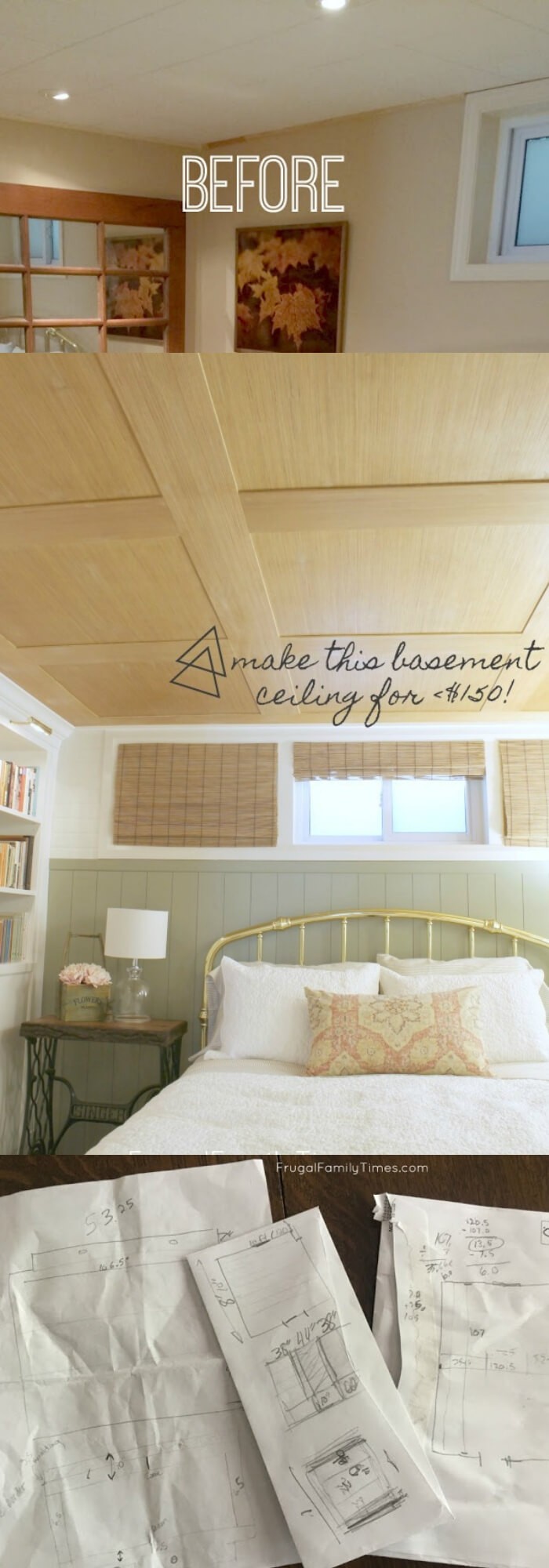
#5. Wood Basement Ceiling for a bar
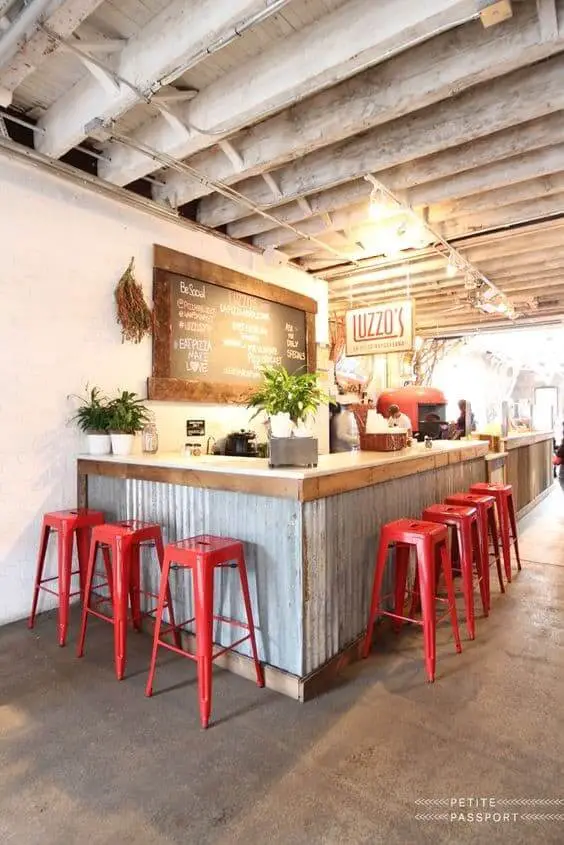
#6. DIY Exposed Painted Basement Ceiling
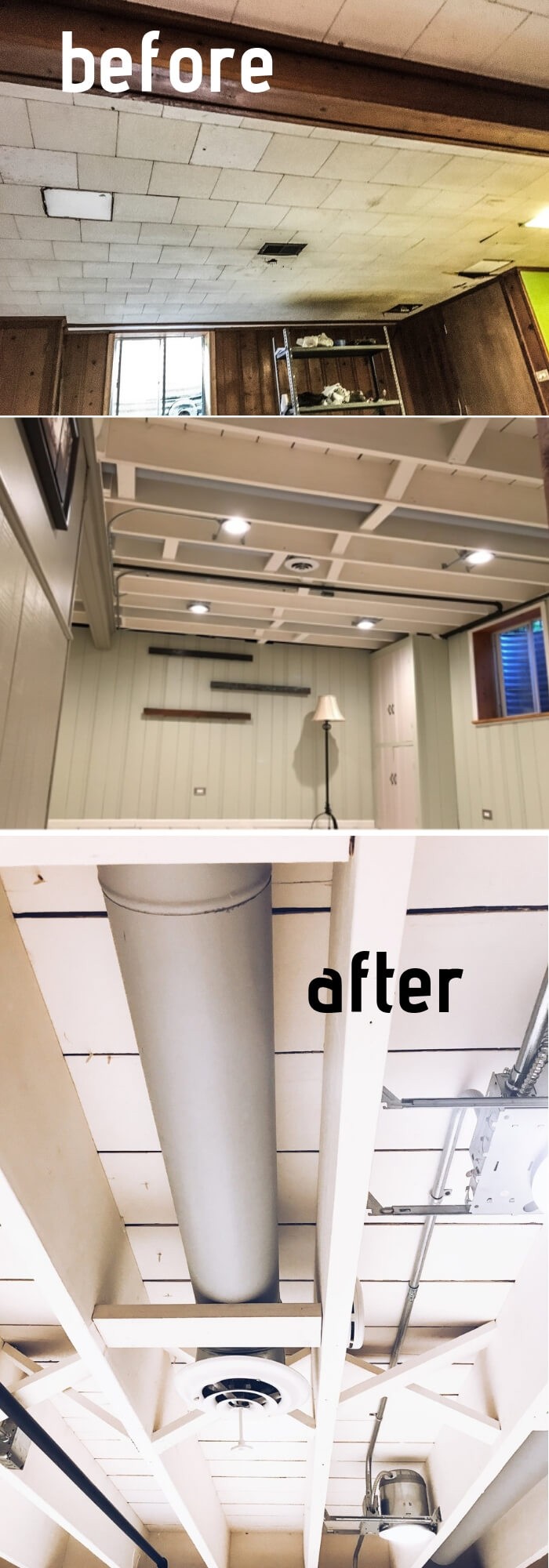
#7. DIY Beadboard Ceiling To Replace a Basement Drop Ceiling
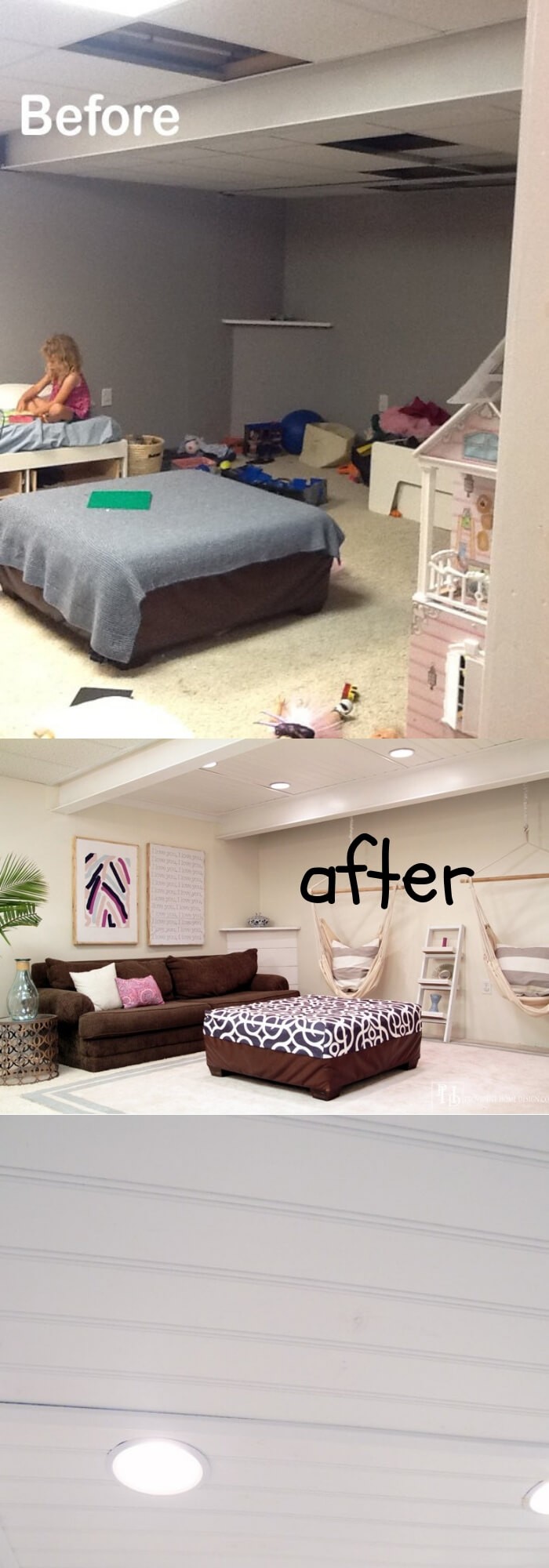
#8. Tips for Painting an Exposed Basement Ceiling
#9. Lattice Basement Ceiling

#10. Brick Basement Ceiling
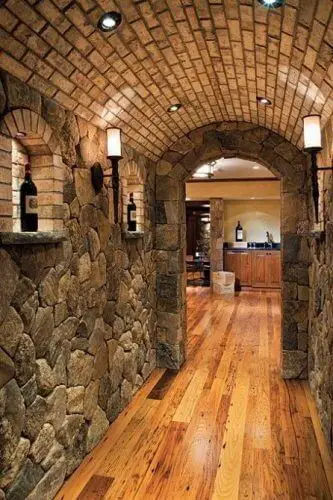
#11. Fabric Basement Ceiling
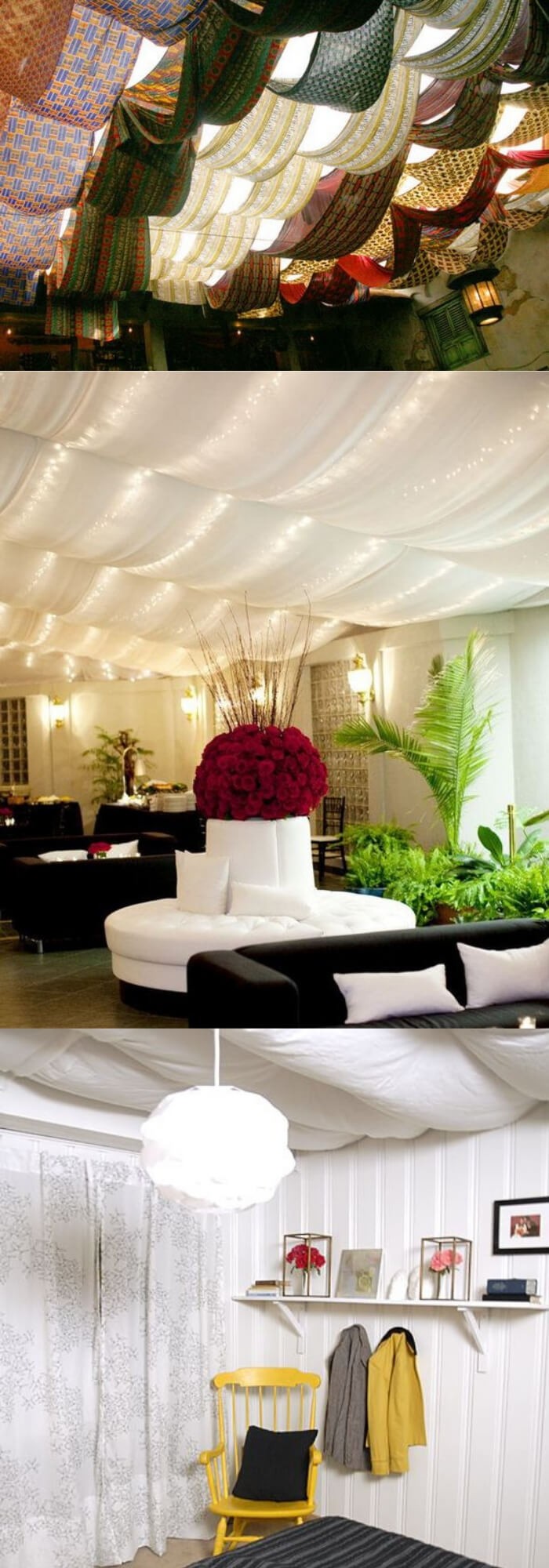
#12. Wood Basement Ceiling
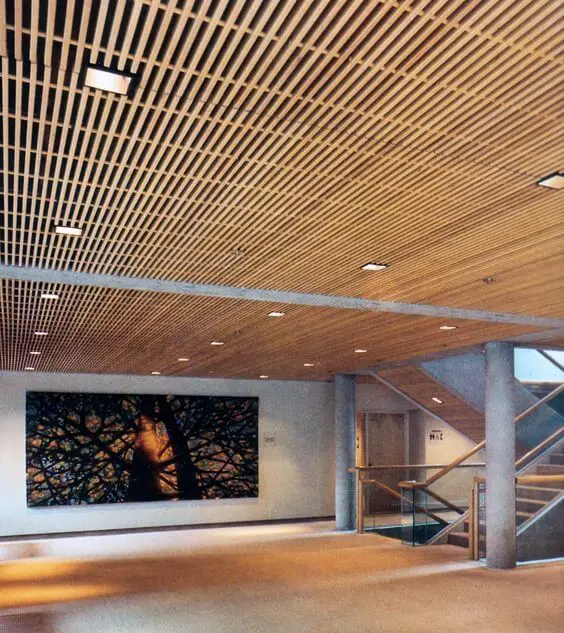
#13. Barn wood ceiling
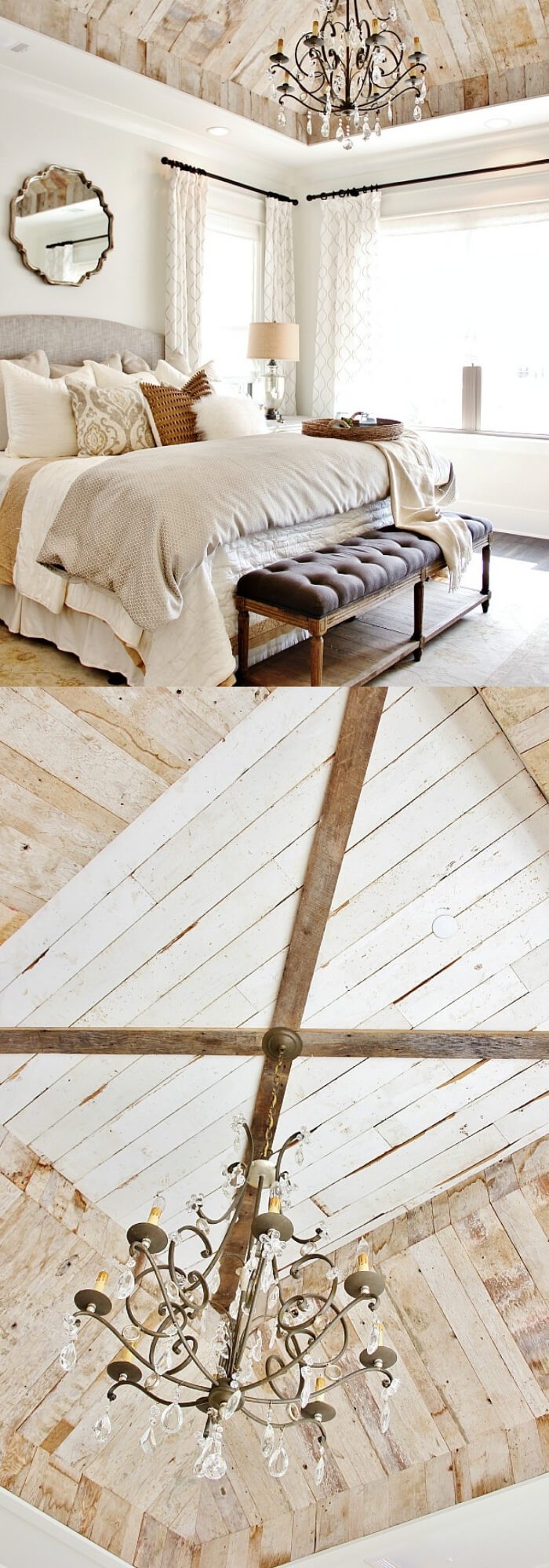
#14. Ornate wood ceiling
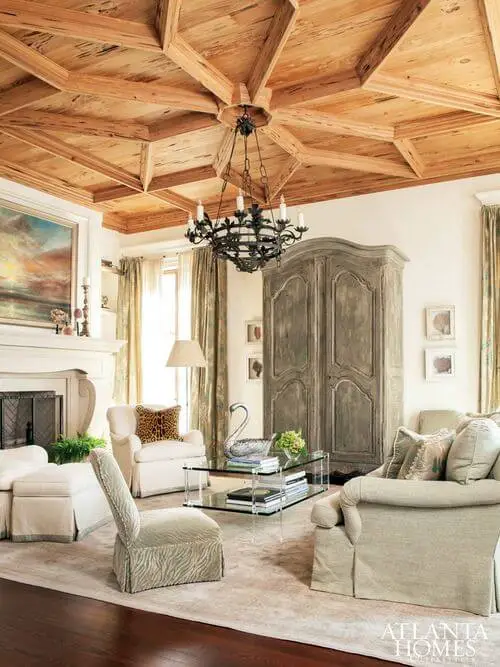
#15. Old license plates
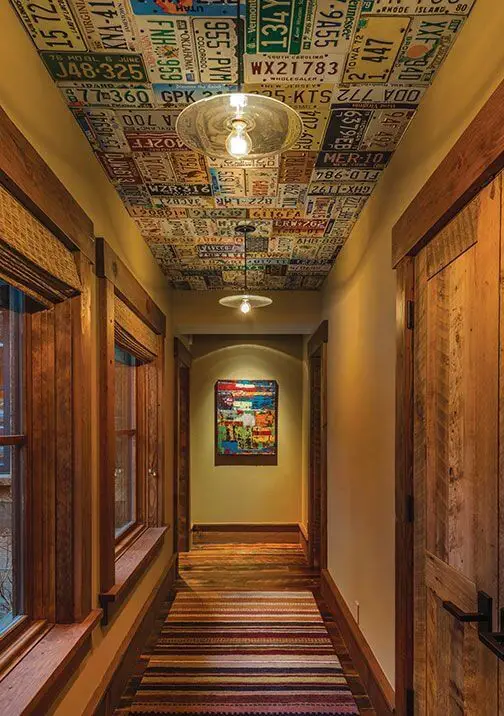
How to insulate basement ceiling
Before the winter chill sets in, insulating your basement ceiling becomes an essential task. To begin with, focus on installing insulation batts around pipes, rim joints, and wires along the ceiling. This will provide a solid foundation for the subsequent steps. Next, it’s crucial to cross-brace these batts by stapling them securely into the edges of the joists. Currently, fiberglass and drywall materials are commonly used for basement ceiling insulation.
For a step-by-step visual guide on how this process works, check out John Mansville’s tutorial video.
How to soundproof basement ceiling
While hiring experts to soundproof your basement ceiling may seem like the most effective solution, it’s indeed a costly affair. Fear not, as there are budget-friendly ways to achieve the same result. Start by adding thick carpets or mats directly above the basement ceiling to absorb sound waves. Another approach is to rearrange the furniture above the basement to minimize the impact of moving and dropping objects.
For a more comprehensive solution, consider installing soundproof panels or acoustic tiles, which can significantly reduce noise transmission. Additionally, insulate the spaces between the joists in your basement’s ceiling using fiberglass insulation, a popular choice among homeowners. Alternatively, you can opt for a soundproofing drywall if you’re not comfortable with fiberglass. With these affordable solutions, you can create a more peaceful and enjoyable living space below.
Conclusion
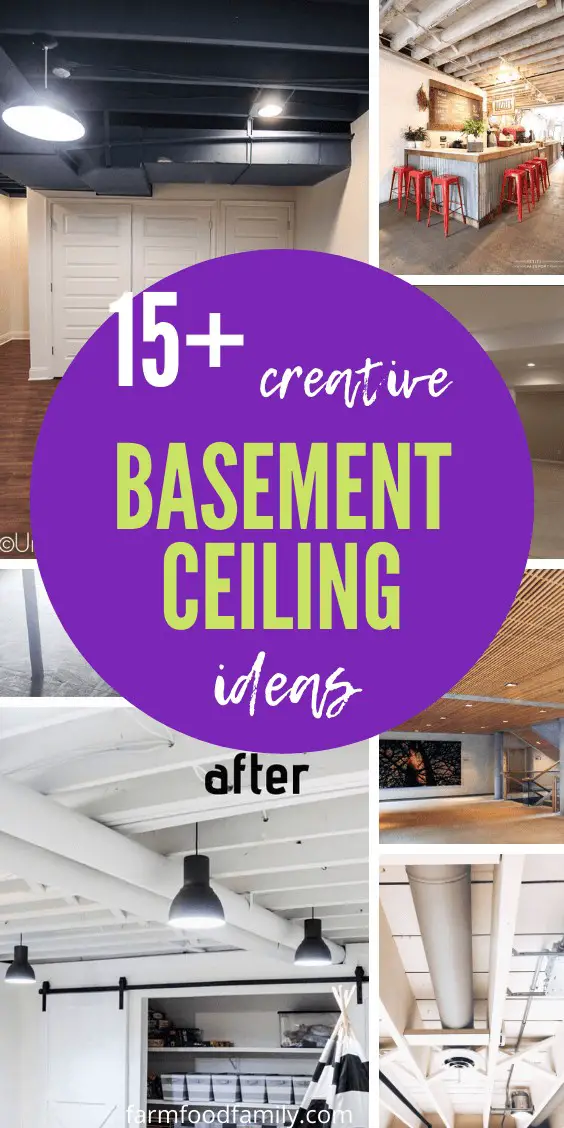
In conclusion, while a DIY approach may be feasible for a small, compact space in the basement, it’s essential to consider the overall aesthetic and purpose of the area. Many of the ceiling design ideas presented here utilize affordable materials like wood planks, paint, PVC, and corrugated metals. However, even with budget-friendly options, creativity can go a long way in transforming these materials into something visually appealing.
The desired ambiance or vibe of the basement should also be taken into account when selecting a ceiling type. For example, if you’re envisioning a cozy room, box-style, beadboard, or lattice designs might be suitable. In contrast, acoustic, stretched, or suspended types could be more fitting for office spaces. Meanwhile, wine cellars and recreational areas would likely benefit from tin tiles, corrugated metal, painted beams, or wood panels.
Related Posts
Transforming your living space into a stylish haven is just a few creative moves away. One way to achieve this is by incorporating a rattan dresser, which can add a touch of elegance and whimsy to any room. The key to making it truly shine is experimenting with bold patterns and colors. Don’t be afraid to mix and match different textures and hues to create a unique look that reflects your personal style.
Another way to inject some retro flair into your home is by incorporating vintage-inspired rugs, which can add a pop of color and interest to any room. The trick is finding the right balance between modern and nostalgic elements to create a space that’s both timeless and trendy.

